Teaching in the Trees
Understanding the Impact of Forest Schools

For founder and director of Longleaf Forest School, Maddi Sullivan, teaching at forest schools is a culmination of her life’s passions. Prior to her move to Durham, Sullivan held 20+ years of professional experience working with preschoolers to adults within the field of science/nature education as a teacher, mentor and program coordinator. Following the guidance of the seasons and the natural world, with a strong emphasis on social-emotional growth, Sullivan utilizes an emergent curriculum with students. “It's a dance. I want to provide these play-based learning opportunities for students. And even though we do weave in a lot of academics, we really value this period of a child's life where the academics aren't getting pushed. Like I said, they get woven in, and children are invited to engage at the level they are developmentally ready to.”
“When kids play, kids are still thinking, they're still communicating. They're learning about their bodies, they're engaging with their peers, there's so much learning that's happening going on through play."
An educational strategy known as "forest schools" places a strong emphasis on play and outdoor learning in natural settings, usually forests or woodlands. This approach, originating in Sweden in the 1950s, has become adopted worldwide for its comprehensive advantages for children’s social growth. Students in forest schools participate in practical activities like building shelters, investigating flora and animals, and learning survival skills. These activities have been proven to promote physical wellness and help children develop a connection with nature.
Associate professor of education at Elon University, Dr. Scott Morrisson, has taught for the past 11 years focusing on diversity, assessment, education and society. “I was a classroom teacher for 11 years, I took my students outside, frequently, I loved to garden with them. I knew the importance of getting kids connected to nature, so I would give them a little glimpse of what class outside could be like. Of course, they really liked it.”
Recently, there has been a significant increase in families exploring alternative forms of education, such as homeschooling and forest schools. According to the National Center for Education Statistics, homeschooling in the U.S. has been on the rise, with the number of homeschooled students reaching approximately 3.7 million in 2023. This percentage represents approximately 6.73% of all school-age children in the nation. This rise is in direct correlation with the COVID-19 pandemic, as parents looked for more adaptable and safe learning environments for their kids (Parenting Mode).
Many families looking for alternative education options describe traditional school environments as their main source of anxiety. According to Brighterly, 25% of parents opt to homeschool their children due to concerns about drug usage, school safety, and negative peer effects. As a result, parents are growing more interested in alternative education models that support experiential, outdoor learning and holistic development, aiding in the growing popularity of forest schools (Brighterly). According to Dr. Morrison, “outdoor education can mean a lot of things, it can mean just doing some learning and outside spaces, so broadly construed. But outdoor education has also been specifically about doing things like ropes, courses, challenge courses, using risky, adventurous activities as a way to learn about yourself to develop leadership skills to test your own limits, just like interpersonal growth.”
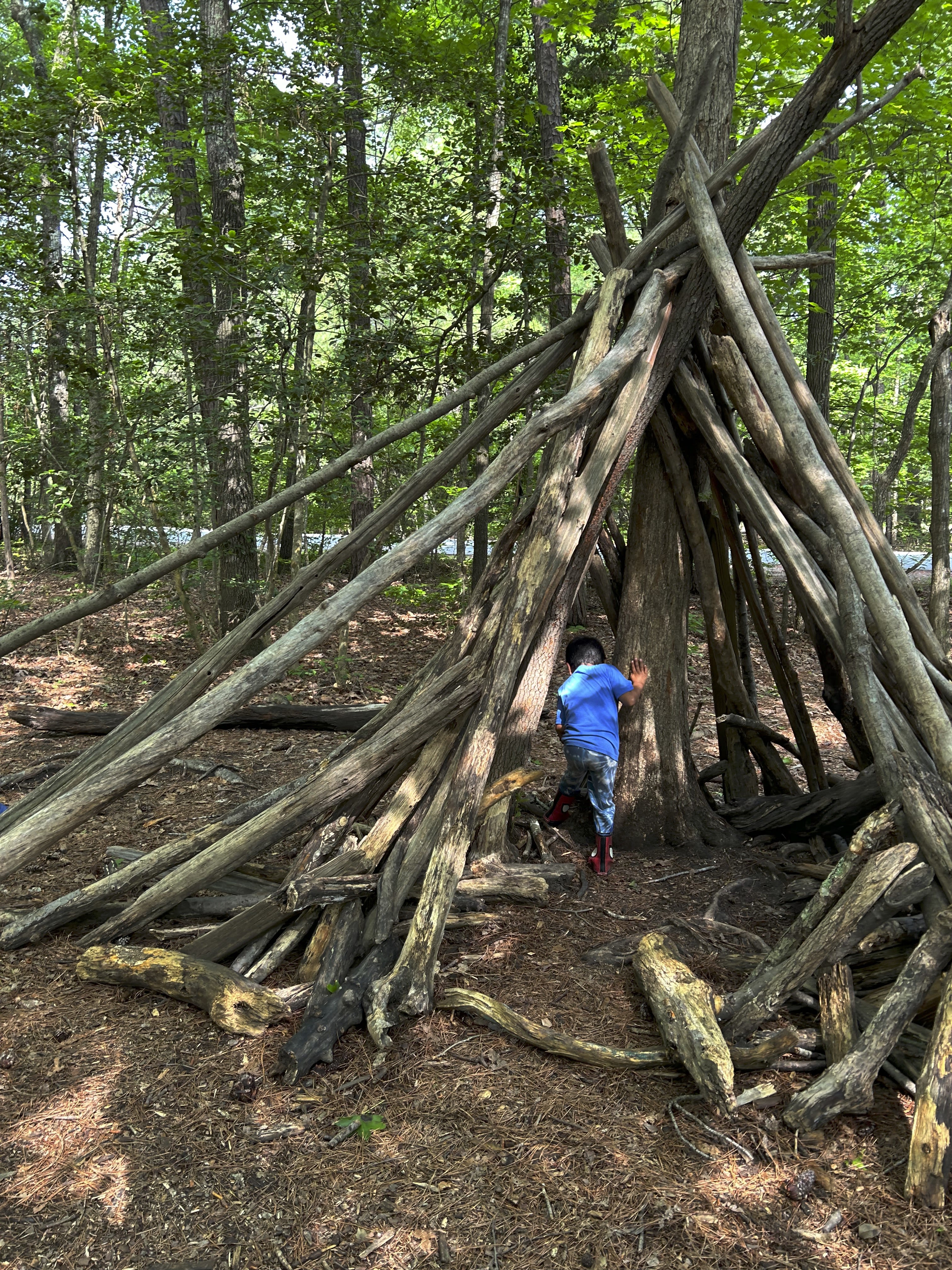
Numerous studies have shown that forest schools are beneficial for students, particularly in terms of their physical and emotional health as well as their academic achievement. According to these studies, regular exposure to natural environments has been linked to lowered stress levels, happier moods, improved focus, and improved cognitive performance. “I think people who want their kids to go to a school like that [forest schools], understand that learning is not linear, that teaching is not just about talking about kids, that learning is not just about listening,” Morrison says. “It embodies the experience of learning. And so the movements, the being outside the play is really enticing to them. Because a lot of people have happy memories of playing as children.” Forest schools attempt to serve a variety of learning styles and needs while fostering a sense of stewardship for the environment through the integration of environmental education with traditional schooling.
The modern-day approach of forest schools, as described by Sullivan, emphasizes experiential, child-centered learning and educators in forest schools act as facilitators rather than instructors, guiding children in their explorations and supporting their individual learning paths. “Most of what I prioritize is the social-emotional growth that happens,” Sullivan says. “If you talk to most teachers of this age they'll say probably the same thing, that what you're doing is helping grow good people and you're trying to help guide these little people into being kind and respectful citizens of the world.”
The concept of forest schools was inspired by the tradition of outdoor kindergartens, emphasizing outdoor activities and learning in natural settings. "...But in a typical preschool setting, the teacher is very much the focal point, deciding the content of what is being taught about, and how the children learn and grow," Sullivan says. "At forest school, the teacher is an observer, and we make plans based on what we see happening. Guiding the curriculum is a combination of the children's interests, conflicts that naturally arise while tiny humans interact, and the magnetic pull of happenings in the natural world."
From a parent of a student at Longleaf Forest School, this form of education helps provide a refreshing alternative to traditional schooling, addressing the many concerns about the current schooling system. “Recess is 30-minutes where the teachers are like, “Do your thing,” then, that's when the arguments happen between kids and stuff. Sometimes the kids need a little support on how to speak up for themselves or how to be kind.” Parents expressed how this hands-on learning experience allowed children to not only directly engage with their environment, but better learn how to engage with one another. “Learning how to handle conflict, not just shutting it down or stepping away from it.”

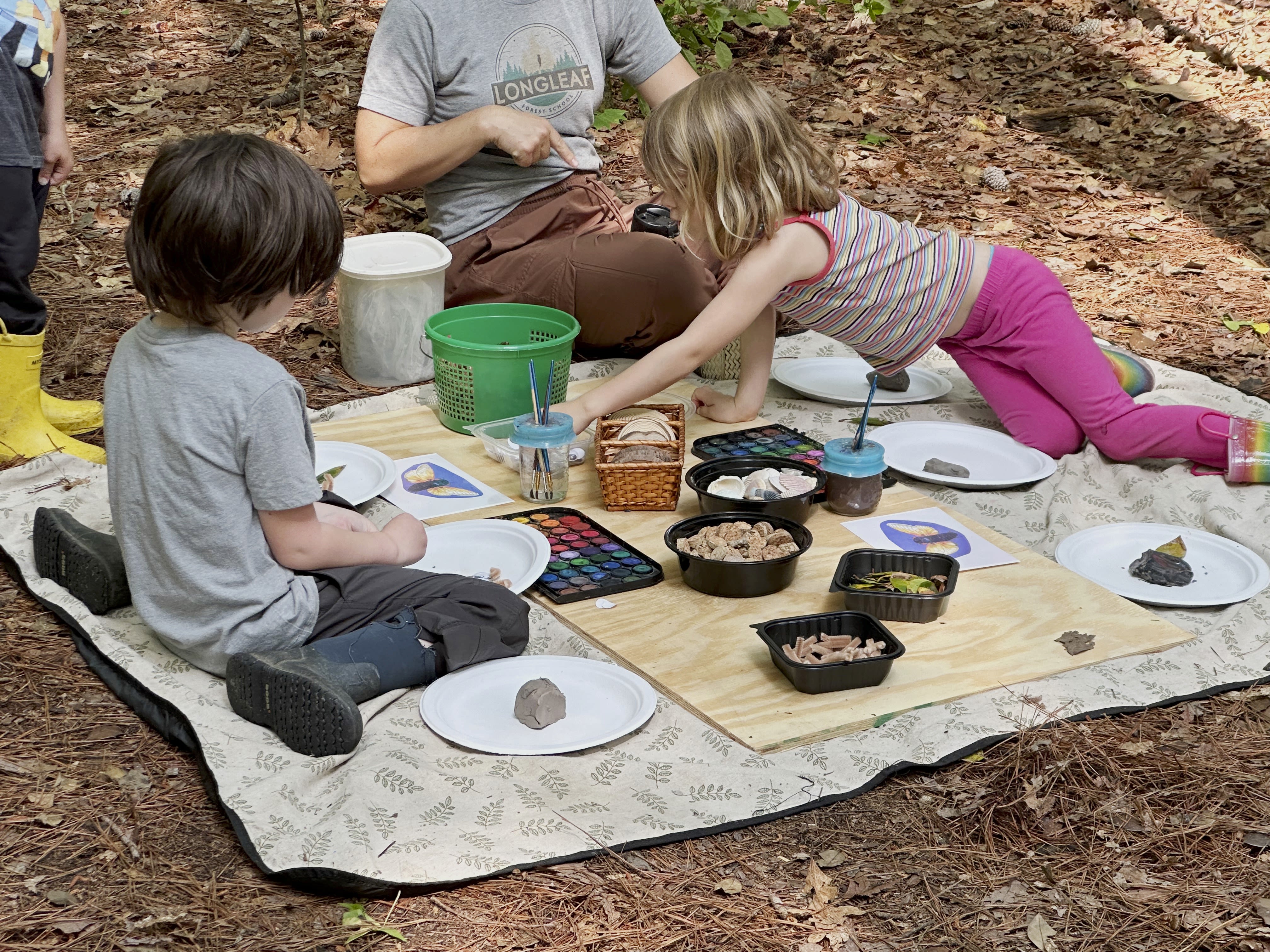

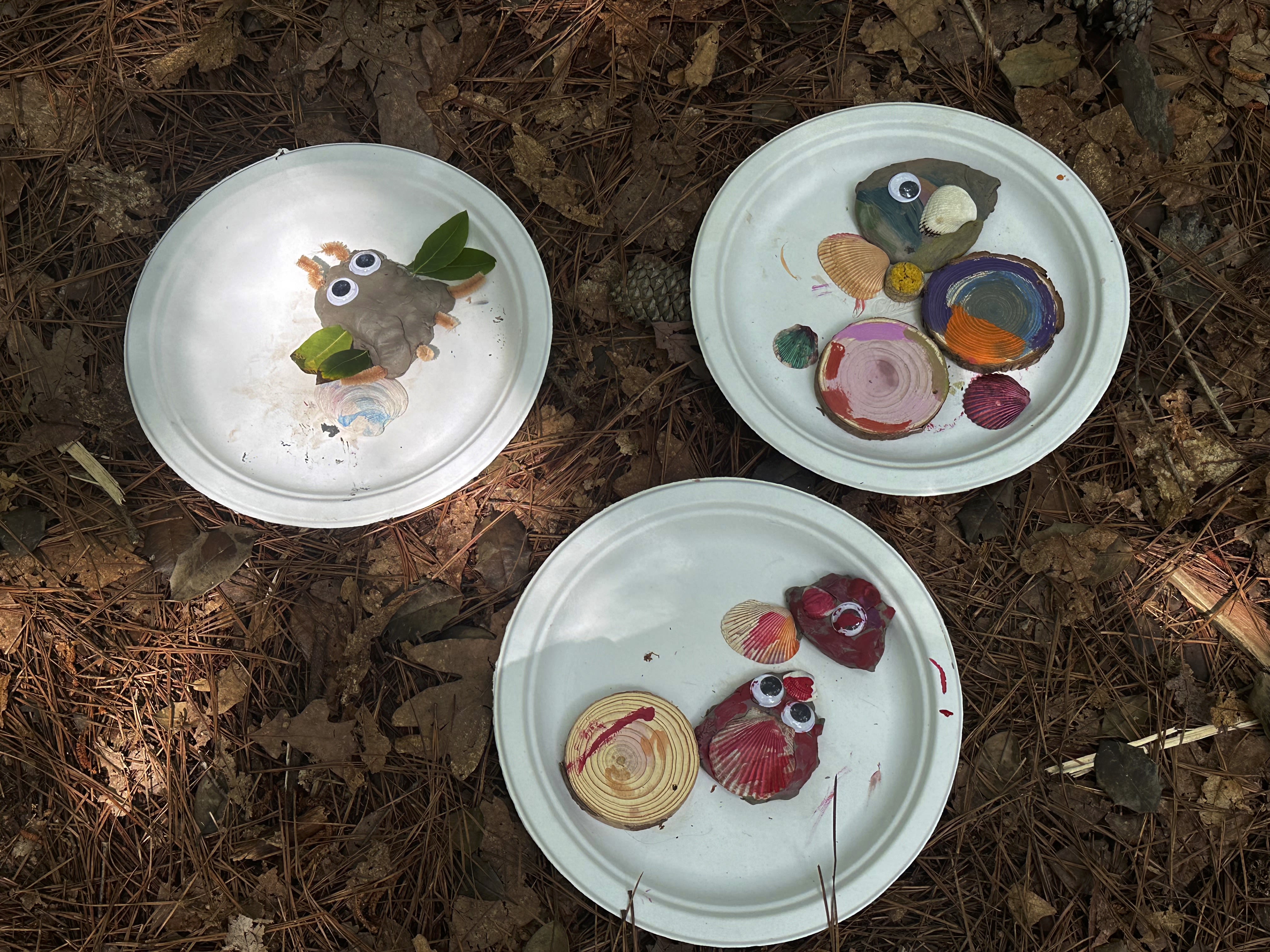
Despite extensive research supporting the advantages of forest schools, many parents still push back against the idea. “One of the biggest misconceptions about forest school is that students aren't learning that children are just playing,” Morrison says. “When kids play, kids are still thinking, they're still communicating. They're learning about their bodies, they're engaging with their peers, there's so much learning that's happening going on through play.”
Teachers at forest schools, like Sullivan, have voiced their appreciation for the opportunity to stand in as facilitators and supporters for students. "It's showing confidence that children are capable. It's guiding a child in how to dress themselves by supporting them, rather than dressing them," Sullivan says. "It's saying: I know you can do this. And I know it feels hard. I'm here to help, but I won't do it for you. Once you can do it yourself, you will feel so proud!" Sullivan’s role has helped offer a unique perspective and a deeply fulfilling experience. "Really, I'm a facilitator. I'm helping facilitate these opportunities for kids, and building a community of educators that think in a similar way, that understand the mindsest that children are capable. Sometimes educators need help in remembering to wait a bit before jumping in and offering help or solving a problem, where it's like 'okay, let's let this interaction play out and give them a chance to problem solve on their own.'"
Unlike the structure of conventional classrooms, forest schools provide an adaptable learning space where lessons can evolve based on the children's interactions with their environment. In Sullivan’s role, she has been able to continuously innovate and tailor her approaches to meet the diverse needs and learning styles of specific students. “I had a student last year that didn't really engage that much, did a lot of watching, and didn't want to be at the front of the line ever,” Sullivan says. “I have watched him over the last couple of years just inch his way out into the world, and now he engages and plays with all the kids.” Sullivan emphasizes the meaningful relationships teachers build with their students and the positive impact they observe on children's well-being and development. “To watch and witness the growth, and in a small way, to have helped guide it, you know, it's just really profound to see the growth in this particular child, but also in all the children as they move through the forest school experience – it's a very moving thing for me. It makes the hard days all very worth it.”
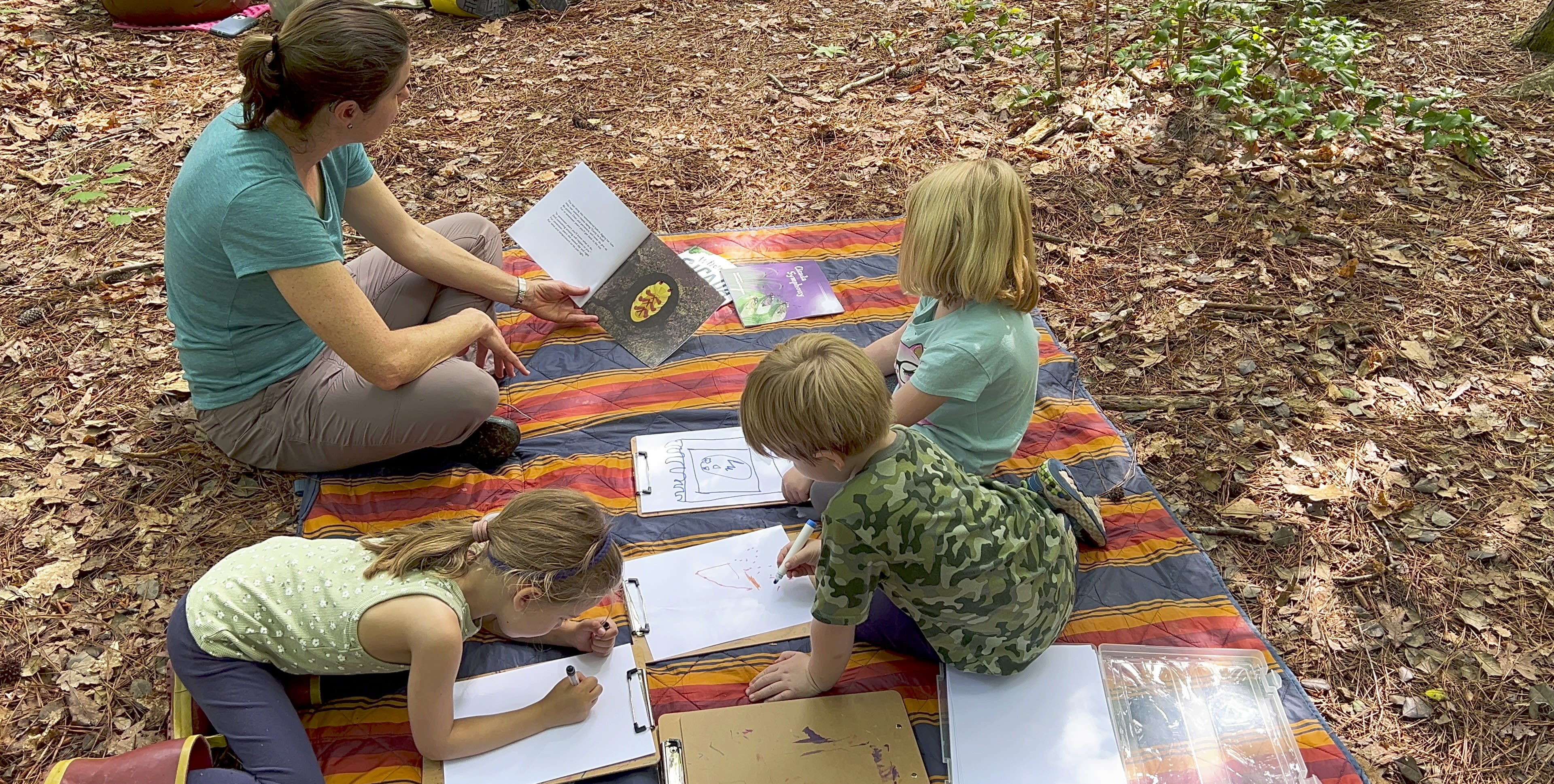
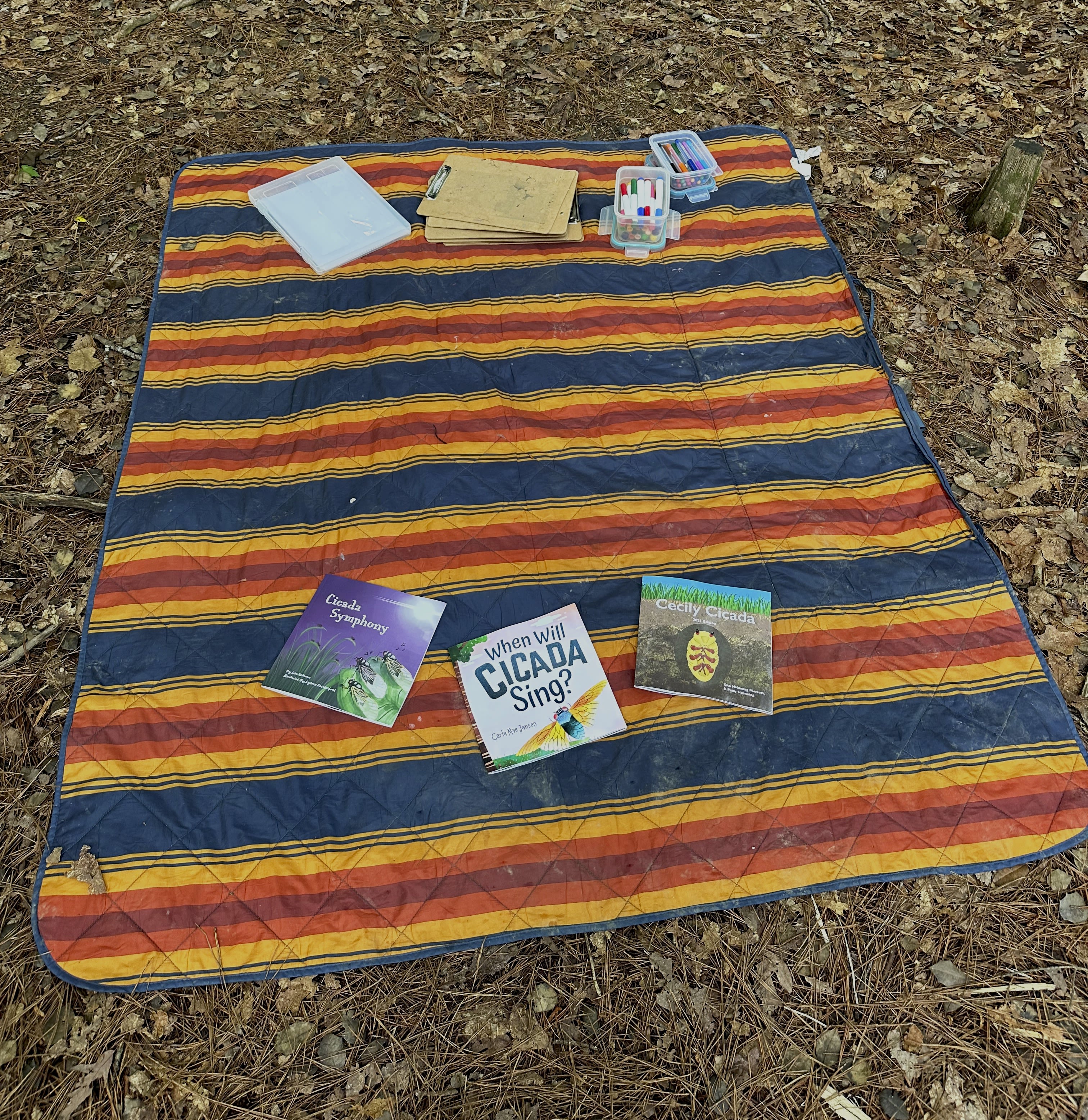
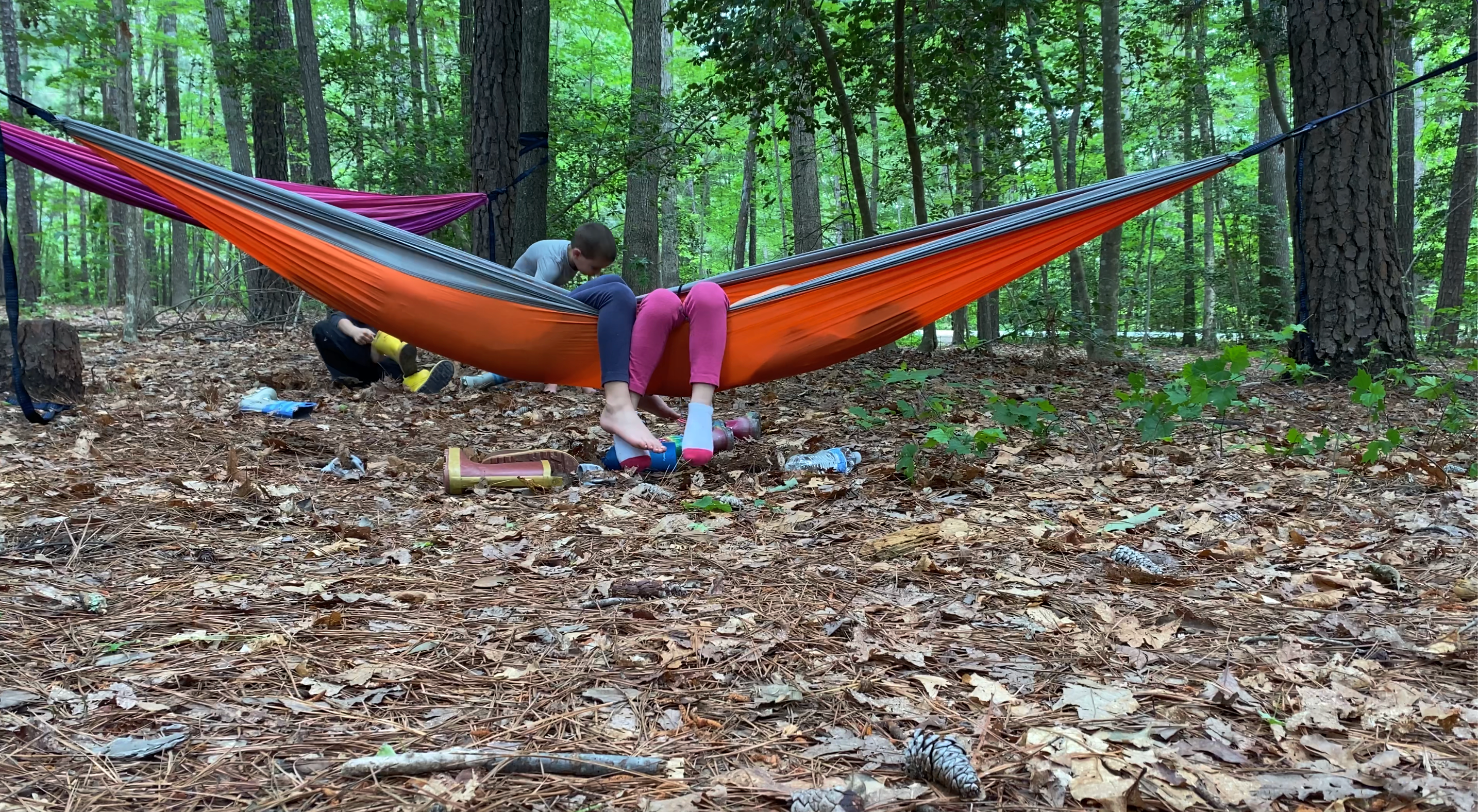
Davidson, Laurel. Homeschooling Statistics in 2024 (Latest U.S. Data) | Parenting Mode. 27 June 2022, https://parentingmode.com/homeschooling/.
Kaminski , Jessica. “The Ultimate Homeschooling Statistics for 2023 - USA Data and Trends.” Brighterly, 4 Jan. 2023, https://brighterly.com/blog/homeschooling-statistics/.
O’Brien, Liz, and Richard Murray. “Forest School and Its Impacts on Young Children: Case Studies in Britain.” Urban Forestry & Urban Greening, vol. 6, no. 4, Nov. 2007, pp. 249–65. DOI.org (Crossref), https://doi.org/10.1016/j.ufug.2007.03.006.
What Is Forest School? | Forest School Association. https://forestschoolassociation.org/what-is-forest-school/.